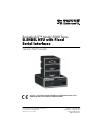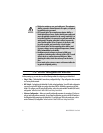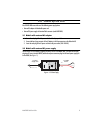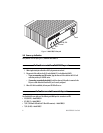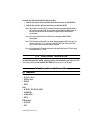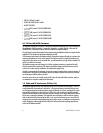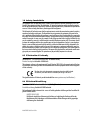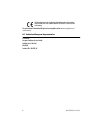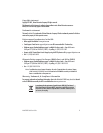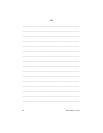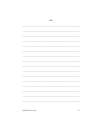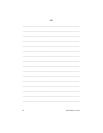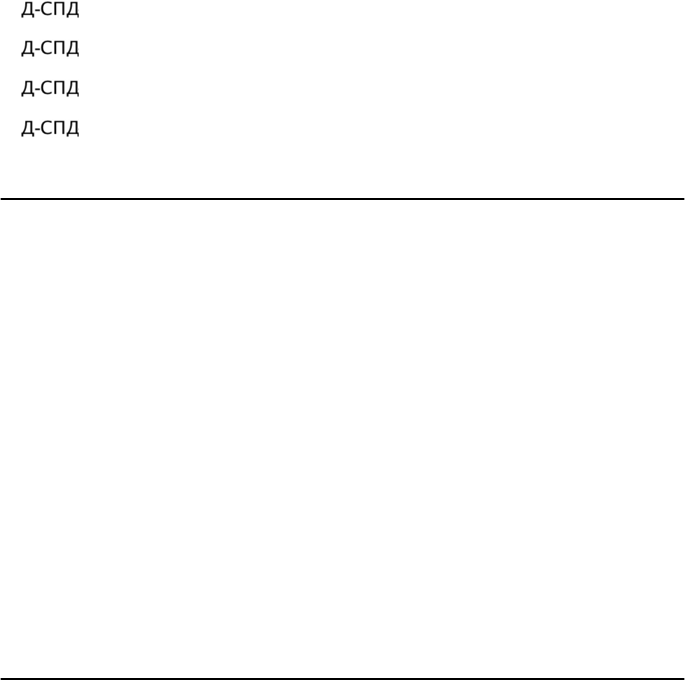
6
Model 3088 Quick Start Guide
•
TBR12 & 13 (K and T models)
•
AS/ACIF S016:2001 (K and T models)
•
AS/ACIF S043:2003
•
-1979, expires 21.04.2011(3088/T/EUI)
•
-1980, expires 21.04.2011(3088/K/EUI)
•
-1981, expires 21.04.2011(3088/D/EUI)
•
-1982, expires 21.04.2011(3088/CA/EUI)
A.2 FCC Part 68 (ACTA) Statement
This equipment complies with Part 68 of FCC rules and the requirements adopted by ACTA. On the bottom side of
this equipment is a label that contains—among other information—a product identifier in the format
US:
AAAEQ##TXXXX
. If requested, this number must be provided to the telephone company.
The method used to connect this equipment to the premises wiring and telephone network must comply with the
applicable FCC Part 68 rules and requirements adopted by the ACTA.
If this equipment causes harm to the telephone network, the telephone company will notify you in advance that
temporary discontinuance of service may be required. But if advance notice isn’t practical, the telephone com-
pany will notify the customer as soon as possible. Also, you will be advised of your right to file a complaint with
the FCC if you believe it is necessary.
The telephone company may make changes in its facilities, equipment, operations or procedures that could
affect the operation of the equipment. If this happens the telephone company will provide advance notice in
order for you to make necessary modifications to maintain uninterrupted service.
If trouble is experienced with this equipment, for repair or warranty information, please contact our company. If
the equipment is causing harm to the telephone network, the telephone company may request that you discon-
nect the equipment until the problem is resolved.
Connection to party line service is subject to state tariffs. Contact the state public utility commission, public ser-
vice commission or corporation commission for information.
1.3 Radio and TV Interference (FCC Part 15)
This equipment generates and uses radio frequency energy, and if not installed and used properly—that is, in
strict accordance with the manufacturer's instructions—may cause interference to radio and television recep-
tion. This equipment has been tested and found to comply with the limits for a Class A computing device in accor-
dance with the specifications in Subpart B of Part 15 of FCC rules, which are designed to provide reasonable
protection from such interference in a commercial installation. However, there is no guarantee that interference
will not occur in a particular installation. If the equipment causes interference to radio or television reception,
which can be determined by disconnecting the cables, try to correct the interference by one or more of the fol-
lowing measures: moving the computing equipment away from the receiver, re-orienting the receiving antenna,
and/or plugging the receiving equipment into a different AC outlet (such that the computing equipment and
receiver are on different branches).



